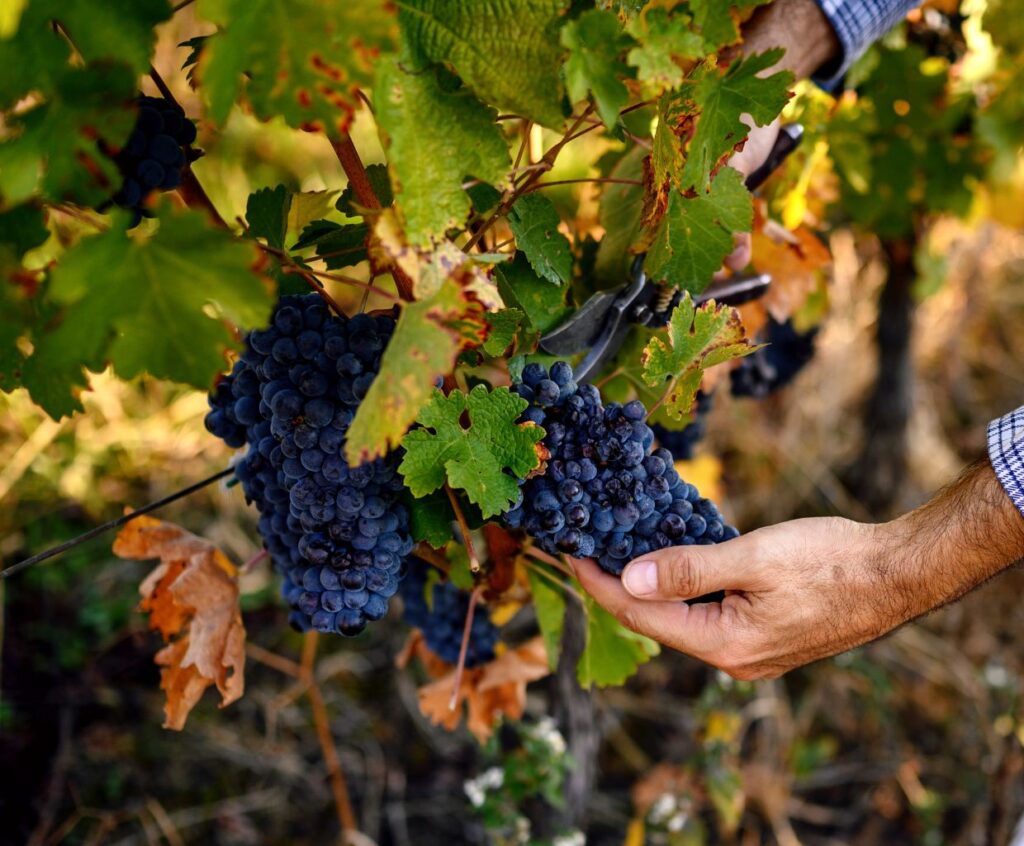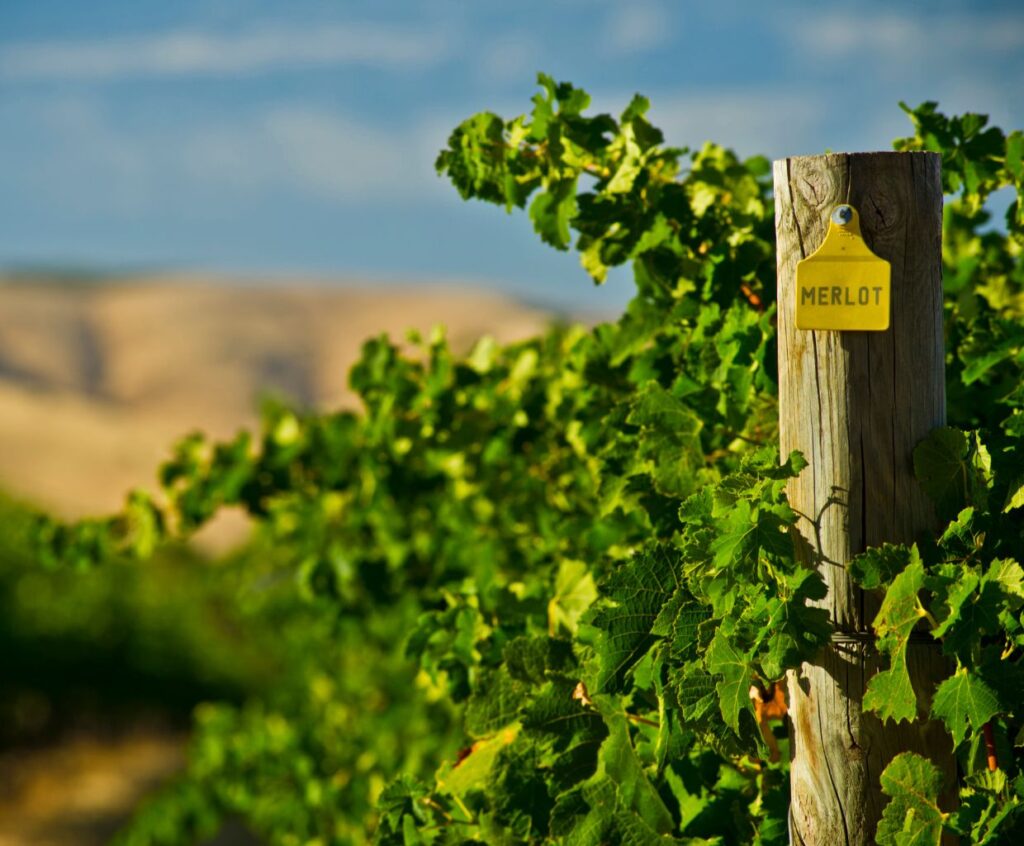Exploring the Origins of Riesling Wine: Unveiling the Regions that Produce this Iconic White Wine
Welcome to a fascinating journey through the history and origins of Riesling wine – a truly iconic white wine that has captured the hearts and palates of wine enthusiasts worldwide.
From its humble beginnings to its prominence in today’s wine industry, Riesling has a story to tell that is as rich and complex as the flavors it embodies.
The Intriguing Origins
Believed to have originated in the Rhine region of Germany, Riesling dates back several centuries, with its first documented mention dating as far back as 1435. Its name is derived from the German word “rüssling,” meaning “to flow like a stream,” which perfectly captures this exceptional wine’s graceful and flowing nature.
Germany: The Birthplace of Riesling
Germany is undoubtedly the birthplace of Riesling, and it is here that you can find some of the finest examples of this varietal. The cool climate and unique terroir of German vineyards provide the ideal conditions for Riesling grapes to thrive, resulting in wines known for their vibrant acidity, delicate aromatics, and remarkable ability to age gracefully.
Regions such as the Mosel, Rheingau, and Rheinhessen are renowned for their exceptional Rieslings, each offering a distinct grape expression. Mosel Rieslings, for example, are often praised for their striking acidity, while Rheingau Rieslings are known for their depth and complexity.
Alsace: A French Riesling Haven
While Germany may be the birthplace of Riesling, Alsace in France has also carved out a special place for itself in the world of Riesling production. Located in the northeastern part of the country, Alsace is famous for its dry and aromatic Rieslings.
Alsace Rieslings are typically more full-bodied than their German counterparts, with pronounced floral notes, hints of citrus, and a distinct minerality. These wines often pair exceptionally well with various cuisines, making them a favorite choice among sommeliers and food enthusiasts.
International Recognition
Over the years, Riesling has gained international recognition and has found success in various wine-producing regions across the globe. From the Finger Lakes region in New York to the Clare Valley in Australia, Riesling has proven its adaptability and ability to showcase its unique characteristics in diverse terroirs.
Whether you prefer a bone-dry Riesling or one with a touch of sweetness, there is undoubtedly a style of Riesling that will cater to your taste. Its versatility and ability to age gracefully for decades are a testament to the enduring appeal and allure of this iconic white wine.
So, the next time you pour yourself a glass of Riesling, take a moment to appreciate the centuries-old tradition and craftsmanship that goes into every bottle. Cheers to the regions that have gifted us this incredible wine and to the Riesling grape for its ability to captivate and delight wine lovers worldwide!
What emerging regions show potential for producing high-quality Riesling wines, and what factors contribute to their suitability for Riesling cultivation?
Some emerging regions that show potential for producing high-quality Riesling wines include:
1. Canada (mainly Ontario and British Columbia): These regions’ cool climate and diverse soil types create ideal conditions for Riesling cultivation. The long daylight hours during the growing season allow for slow ripening, resulting in complex flavors and high acidity.
2. Australia (Eden Valley, Clare Valley, Tasmania): These regions have cooler microclimates and well-draining soils that promote the development of high-quality Riesling grapes. The diurnal temperature variation helps retain acidity and develop vibrant flavors.
3. New Zealand (Marlborough, Central Otago): Similar to Australia, New Zealand’s cool climate regions offer favorable conditions for Riesling cultivation. The long, sunny days and cool nights contribute to the grape’s aromatic expression and balanced acidity.
4. Michigan (United States): The Great Lakes moderate the climate, creating ideal conditions for Riesling cultivation. The well-draining soils and excellent acidity retention contribute to producing high-quality Riesling wines.
Factors that contribute to the suitability of these regions for Riesling cultivation include:
1. Climate: Riesling thrives in cooler climates where the grapes can ripen slowly. Regions with moderate temperatures and a long growing season allow the grapes to develop complex flavors while retaining acidity.
2. Soil: Riesling prefers well-draining soils with good water retention capabilities. Various soil types, such as slate, loess, and limestone, can impart unique characteristics to Riesling wines, adding complexity and minerality.
3. Diurnal temperature variation: Regions with significant temperature differences between day and night help maintain acidity in Riesling grapes. This diurnal temperature variation contributes to the balance and freshness of the resulting wines.
4. Sun exposure: Sufficient sunlight is crucial for Riesling grapes to develop their characteristic aromas and flavors. Regions with ample sunshine during the growing season allow optimal ripening and flavor development.
5. Altitude and latitude: Higher altitudes and latitudes can provide cooler climates, promoting slower ripening and the preservation of acidity. This, in turn, contributes to the production of high-quality Riesling wines.
How do the geological and climatic characteristics of different regions contribute to the distinctiveness of Riesling wines?
Different regions’ geological and climatic characteristics play a significant role in the distinctiveness of Riesling wines. Here are some ways in which these factors contribute to the unique qualities of Riesling:
1. Soil Composition: The type of soil in a particular region affects the mineral content available to the vines. Riesling grapes thrive in rocky soils such as slate, schist, or limestone, which impart distinct mineral flavors and aromas to the wine. For example, with its slate soils, Rieslings grown in the Mosel region of Germany often exhibit a pronounced mineral character.
2. Sunlight and Temperature: The amount of sunlight and temperature variations in a region influence the ripening process of the grapes. Cooler climates with longer growing seasons allow Riesling grapes to ripen slowly, resulting in higher acidity levels and more delicate flavors. In contrast, warmer climates can lead to riper grapes with higher sugar levels, producing fuller-bodied Rieslings with more pronounced fruit flavors.
3. Altitude and Slope: Riesling vineyards located at higher altitudes or on steep slopes can benefit from better drainage and increased exposure to sunlight. This can result in grapes with higher levels of acidity, enhancing the freshness and balance of the resulting wines. Regions like the Rheingau in Germany, known for their Rieslings, often have vineyards on slopes along the Rhine River.
4. Microclimate: Localized variations in climate within a region, known as microclimates, can significantly impact Riesling wines. Factors such as proximity to bodies of water, the direction of prevailing winds, and hills or mountains can create unique microclimates. These microclimates can influence the development of flavors, aromas, and the overall style of Riesling wines.
5. Rainfall and Water Availability: The amount and timing of rainfall can affect grape development and concentration of flavors. Regions with lower rainfall, such as the Alsace region in France, can produce Rieslings with more concentrated flavors due to the grapes’ struggle for water. In contrast, regions with higher rainfall, such as the Finger Lakes in New York, can produce Rieslings with a lighter, more floral character.
Overall, the geological and climatic characteristics of different regions contribute to the distinctiveness of Riesling wines by influencing the grape’s growth, flavor development, and overall style. These factors create a wide range of Riesling styles, from crisp and acidic wines with pronounced mineral notes to fuller-bodied wines with ripe fruit flavors.



